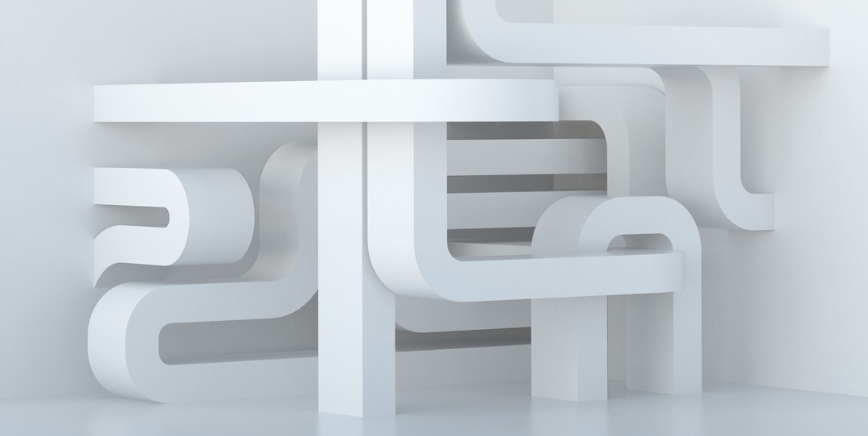How many HubSpot pipelines are too many?
Author
| Published: August 19, 2024Should you have “one pipeline to rule them all?”

Do you use more than one pipeline in HubSpot?
We see this a lot. Much of the time, having multiple pipelines can lead to more inconsistency and make it actually HARDER to track your deals and forecast.
In our experience, the primary reason companies create additional pipelines is so each team can find, work, and report on the Deals most relevant to them.
But this can get out of hand quickly. We’ve seen some companies with 10+ pipelines.
Q: Ok, so when should you use more than one pipeline?
A: If the deal stages are fundamentally different.
For example – perhaps one of your pipelines is for a B2B sales motion that involves a discovery call with a rep.
If you have another revenue stream, say a B2C self-service model, it might make sense to capture that in a different pipeline. But if the journey is essentially the same, you should explore the benefits of moving to a single pipeline.
But wait – if we put all deals onto one pipeline, how do I find my stuff?
We recommend using the following Deal properties:
➡️ Customer type – New/existing
➡️ Team or Line of Business (custom)
➡️ Deal type (custom)
And let’s not forget the classics:
➡️ Line items/products
➡️ Deal owner
➡️ Close date
➡️ Associated Contacts and Companies on the Deal
But what about onboarding, fulfillment, or renewals – should you use an additional pipeline for that?
It depends. For renewals, we typically don’t recommend a second pipeline. Instead, you can use key dates (say, 90 days before contract ends) to auto-create deals in the existing timeline.
The rule of thumb is to determine whether the additional complexity is a net positive or negative.

